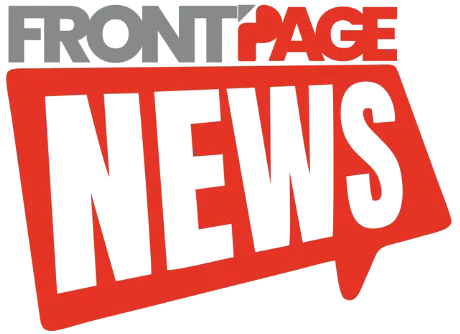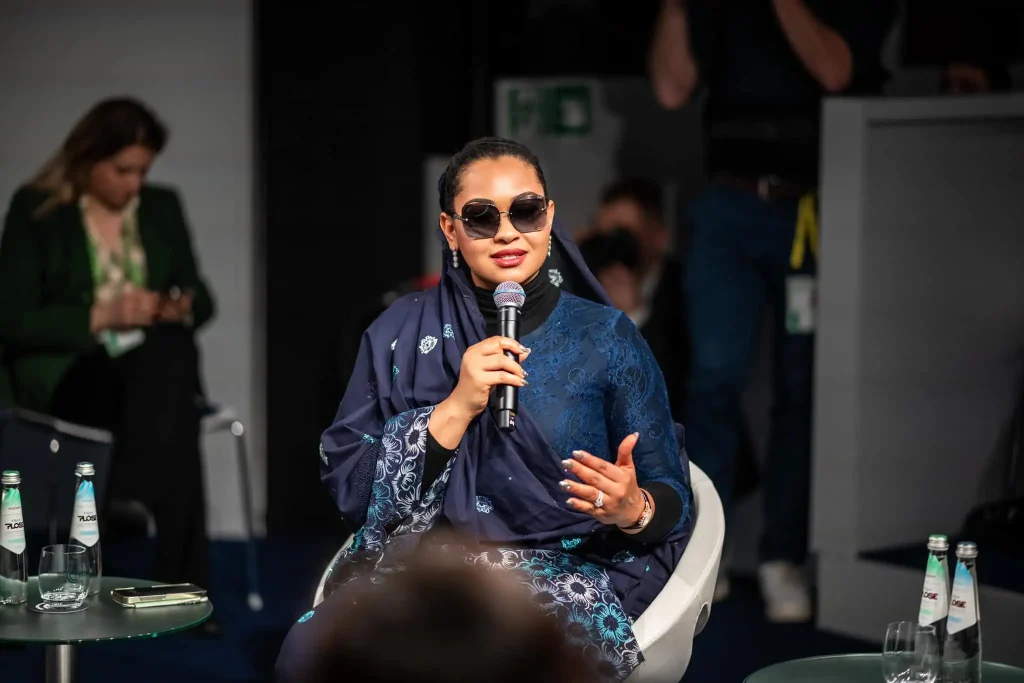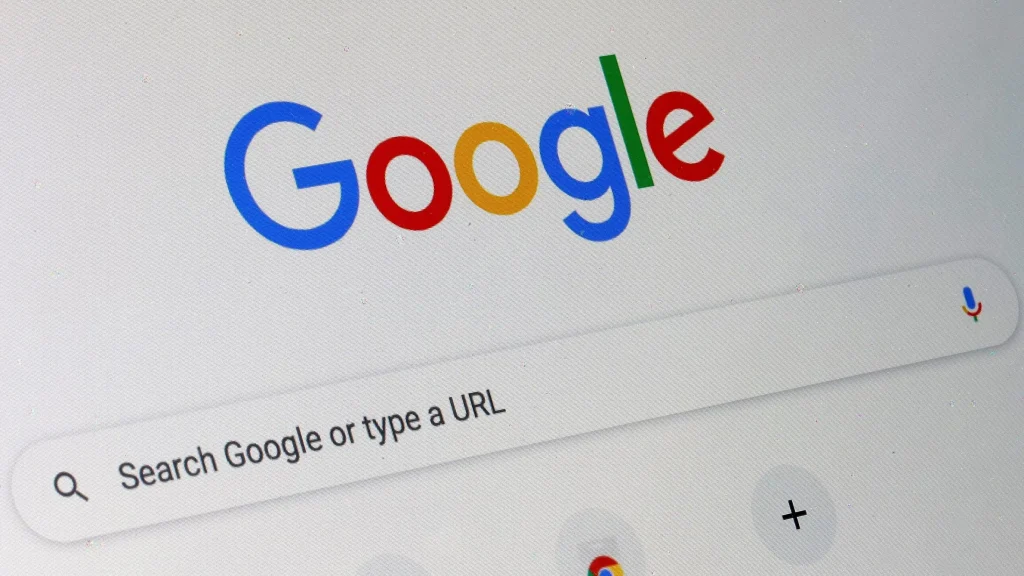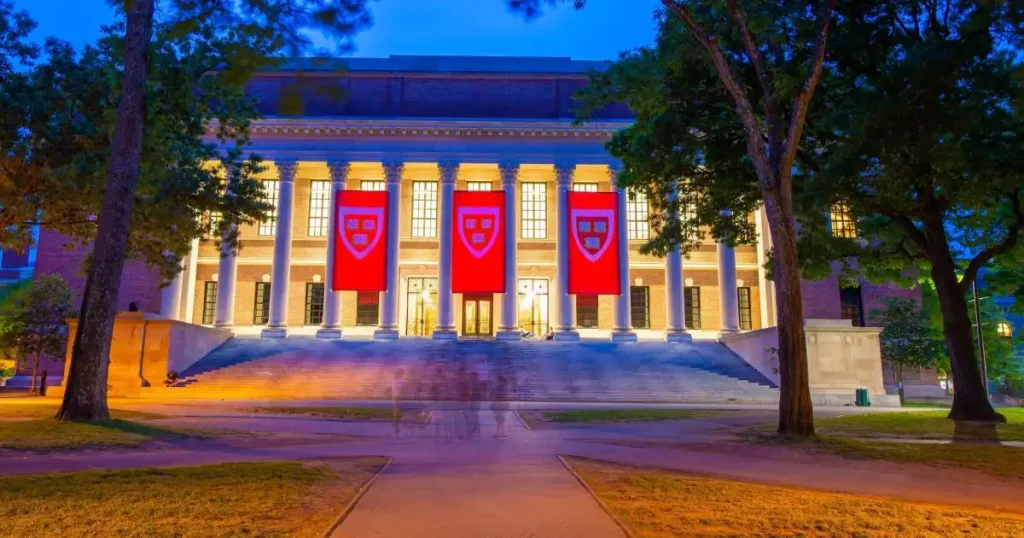As Valentine’s Day approaches, the search for love intensifies, not just in real life but also on dating apps. Data from leading platforms such as Hinge, Tinder, Bumble, and OkCupid reveal an annual surge in activity during the weeks leading up to February 14. Whether users are looking for long-term relationships, casual connections, or something in between, the numbers show a clear trend—Valentine’s season is prime time for digital romance.
Hinge: The Build-Up to Love
Hinge, the app known for its “designed to be deleted” slogan, experienced a noticeable spike in engagement during the two weeks leading up to Valentine’s Day 2024. Compared to the same period in 2023, the platform saw a 28% increase in likes and a 17% rise in matches and dates, according to its “We Met” data.
One of the busiest days for activity on Hinge was February 4, which saw the highest number of likes and messages sent. This suggests that singles became increasingly proactive as the holiday approached. The day before Valentine’s Day, February 13, also saw a sharp increase in voice notes, indicating that users were getting more personal and expressive in their interactions.
Tinder: Swiping with Purpose
Tinder remains one of the most active dating platforms, and its Valentine’s Day data confirms a massive surge in engagement. On February 14, 2024, the app recorded:
- 3.6 million additional likes
- 2.8 million more messages
- 78 million extra swipes in just 24 hours
Beyond the short-term activity spikes, Tinder’s user base appears to be leaning toward more serious commitments. According to a company survey:
- 69% of singles on Tinder reported looking for a meaningful relationship
- 41% identified as seeking “Marriage material.”
- 39% were in it for the “Long Game.”
- 27% were prioritizing an “Intentionship” (a term referring to intentional dating with a clear goal)
However, not everyone on Tinder is looking for exclusivity. The app’s data shows that 14% of users openly identify with consensual non-monogamy, while 22% are open to exploring alternative relationship structures.
During the peak dating season (January 1 to February 14), Tinder users sent 2.1 million more messages per day, and there were 486 bio edits per minute—a clear indication that users were fine-tuning their profiles to attract potential matches.
Bumble: Confident Connections
Bumble, which empowers women to make the first move, also reported an increase in user activity leading up to Valentine’s Day. According to Bumble’s 2024 Dating Trends report, nearly 72% of users globally were actively searching for long-term partners.
In the weeks before Valentine’s Day, the platform saw a rise in downloads and time spent on the app, particularly among Gen Z users, who updated their profiles with new photos and Interest badges to make themselves more attractive to potential matches.
Michael Affronti, Bumble’s Chief Product Officer, noted that right swipes increased significantly in the week leading up to Valentine’s Day, and this heightened activity continued throughout February. This suggests that, for many users, the romantic momentum of Valentine’s Day extends beyond just a single day.
Additionally, a quarter of U.S. respondents in a Bumble survey said they would go on a date on Valentine’s Day, regardless of their relationship status—whether newly matched, casually dating, or in a committed relationship.
OkCupid: Coffee, Then Commitment
OkCupid, known for its detailed matchmaking algorithms, found that 84% of its users prefer coffee dates. In response, the platform partnered with La Colombe to host singles happy hours for Valentine’s Day, capitalizing on the trend of casual, low-pressure first dates.
Historically, OkCupid experiences a steady rise in activity from early January through Valentine’s Day, according to spokesperson Michael Kaye. Interestingly, the platform also recorded an increase in users expressing a desire to settle down after the holiday, suggesting that for some, the pressure of Valentine’s Day acts as a catalyst for serious commitment.
“As with most products and services, activity and engagement on OkCupid ebbs and flows throughout the year,” said Kaye. “We see notable spikes in downloads, matches, and messages early in the year, especially leading up to Valentine’s Day. Last year, more daters expressed that they were ready to settle down and get married after Valentine’s Day, and we expect to see the same trend this year.”
What This Means for Singles Looking for Love
The data across all major dating platforms suggests that Valentine’s Day isn’t just a holiday for couples—it’s a prime opportunity for singles to put themselves out there and increase their chances of making meaningful connections. The spike in messages, swipes, and profile updates indicates that users are more open and proactive about dating in the early months of the year.
For those looking to find love online, the insights are clear:
- January and early February are the best times to be active on dating apps.
- Updating bios and profile pictures can increase engagement.
- Personalized interactions, such as voice notes, may help in forming deeper connections.
Conclusion
Valentine’s Day brings a flurry of digital romance, with singles across the world turning to dating apps in hopes of finding meaningful connections. The statistics from Hinge, Tinder, Bumble, and OkCupid reinforce that love is not just in the air—it’s in the data. Whether it’s through a flurry of swipes, a last-minute surge in messages, or a casual coffee date, the pursuit of love remains a dominant force in the digital dating landscape.













